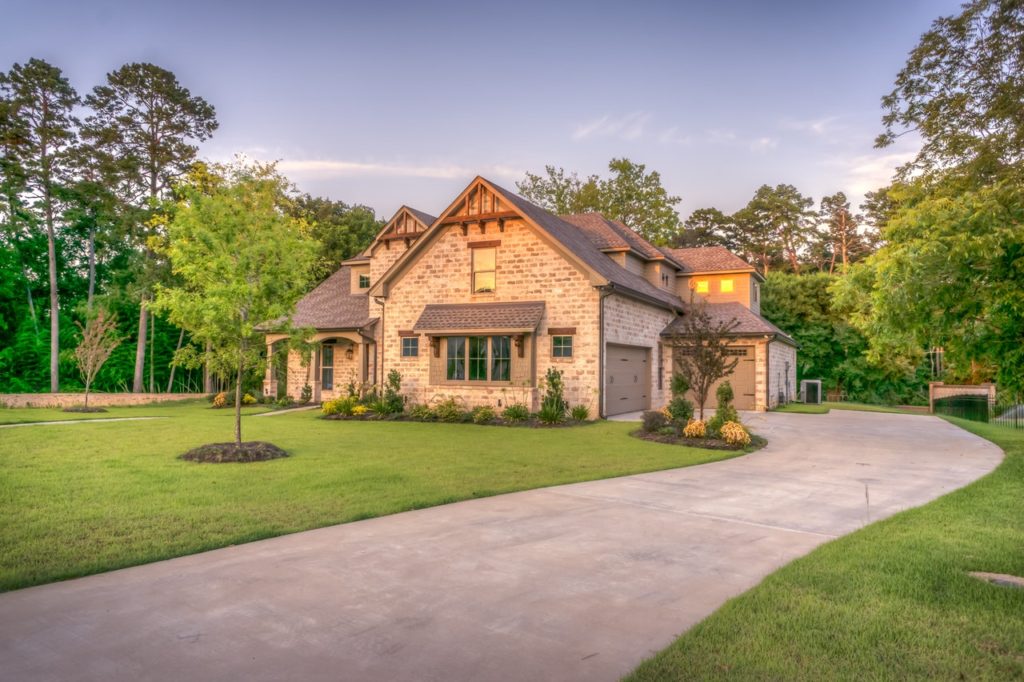There are many good things smart landscaping can do for you, your home, and the environment. Composting alone can significantly reduce landfill waste, and smart water systems at home make you more accountable for your consumption. However, not a lot of homeowners know that the right changes can even help you manage your energy bill during the summer.
It’s all about allowing nature to draw away the heat from your home so that both your interior and exterior can remain cool all day long. The cooler your house is, the less work your ac system will need to keep you and your family comfortable. That said, this can only work if you follow the right landscaping tricks.
Shade your exterior
Your roof and walls are the first to receive the brunt of the summer heat, making them your priority. Installing trees in the sunniest sides of the house can efficiently shade your roof and cut back your energy bill by roughly 15 to 20 percent. Your best option for large trees is the broad-leaf deciduous trees. They will efficiently shield your roof during the summer, and in winter, they shed their leaves just enough for the winter sun to reach your home.
If you find installing full-grown trees expensive or impossible for your landscape, go for a pergola instead. You can also place trellises on your exterior walls, particularly near windows that receive a lot of sunlight. Decorate them with vines and weeping plants that flower to enhance their aesthetic. You might be surprised at how even these simple changes can achieve great results.
Understanding Evapotranspiration
Your house doesn’t feel less warm just because of the shade alone. There’s a process called “evapotranspiration” that actually cools the air in its immediate vicinity, dispelling the heat in the process. This happens because plants pull water from the soil and discharge them into the air. You’ll want to maximize this by planting shrubs and medium-sized trees at the right distance from your house, ideally near windows. The correct placement will make it easier for the cool air to enter your home and decrease your AC system’s energy usage.
Switching from hardscapes to lawns is another choice you’ll want to consider. Pavement, rocks, and other forms of hardscape tend to trap heat easily and for long periods. On the other hand, Lawn grass doesn’t have the same effect because the soil absorbs the heat. If you decide to have pavement in your front yard or backyard, don’t let it take up most of the space. Better yet, install a pergola on those walkways and fill them with wisteria, trumpet vines, or jasmine to control the temperature around it.
Color is another thing you have to be mindful of. Go for light-colored hardscapes, furniture, and even fencing. When you talk to contractors like Trex Fencing, let them know your goals so that they can present you with options that will help achieve them. The same applies to outdoor furniture, particularly in terms of material. You won’t want to scorch yourself by sitting on a sizzling stone garden chair.
Take Advantage of Evaporation
Adding a water feature in your backyard lets you take advantage of evaporation in cooling your house. The great thing about water is that there are several ways you can incorporate it into your landscape, regardless of the size and theme of your choice. Garden creeks are a popular choice because they’re versatile and can be made with only a few materials. All you need are circulating pumps, PVC pipes, gravel, and concrete.
Stones of all sizes will guide the water path, which will inevitably end back on the top of the creek. For those who love animals, you can install birdbaths and Koi ponds. If you’re looking for something recreational, even a small pool can do wonders for your home temperature. Just make sure that you can easily maintain whatever you go for.
Create a Windbreak
A windbreak gives you better control of the air that’s flowing towards your home. Depending on your region’s climate, you’ll want to decide whether the windbreak should direct the wind away from you or towards you. You’ll want to talk to an expert about this because they’ll be better able to tell which trees and shrubs you should use and how to create one on your property. Unless you have the experience in planning a windbreak, you won’t want to DIY it because it might achieve the opposite of what you’re aiming for.
Your Property, Your Strategy
All these tips might apply to you, or maybe only one or two will. Different properties will require different strategies in using landscape design to cut your energy bill. There’s a lot of research that you have to put in to ensure that you’re using the right plants for the purpose you want and that they’re suitable for your soil. By all means, get an expert on your side early on. This might mean shelling out a bit of money, but consider the cost you’ll shave off your existing bill once you’ve successfully cooled your home for the summer.


